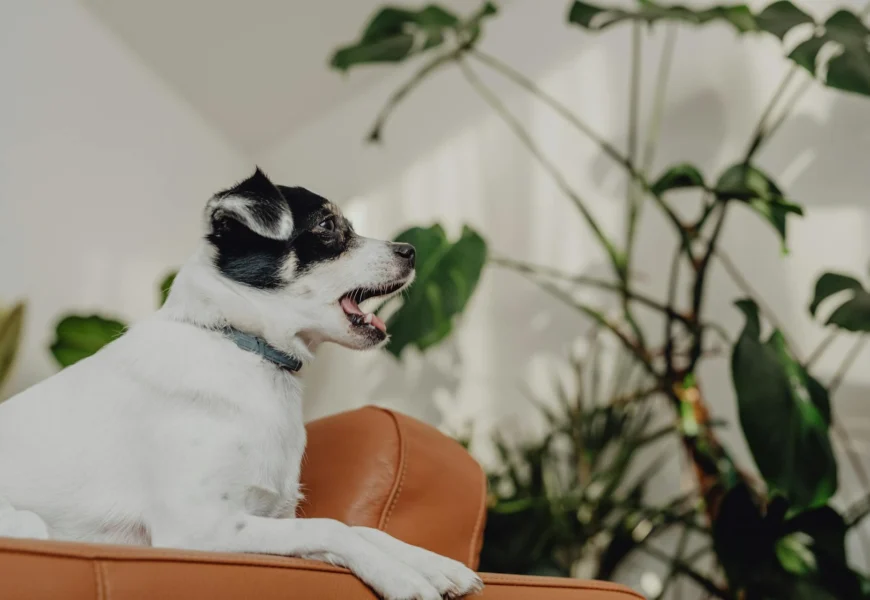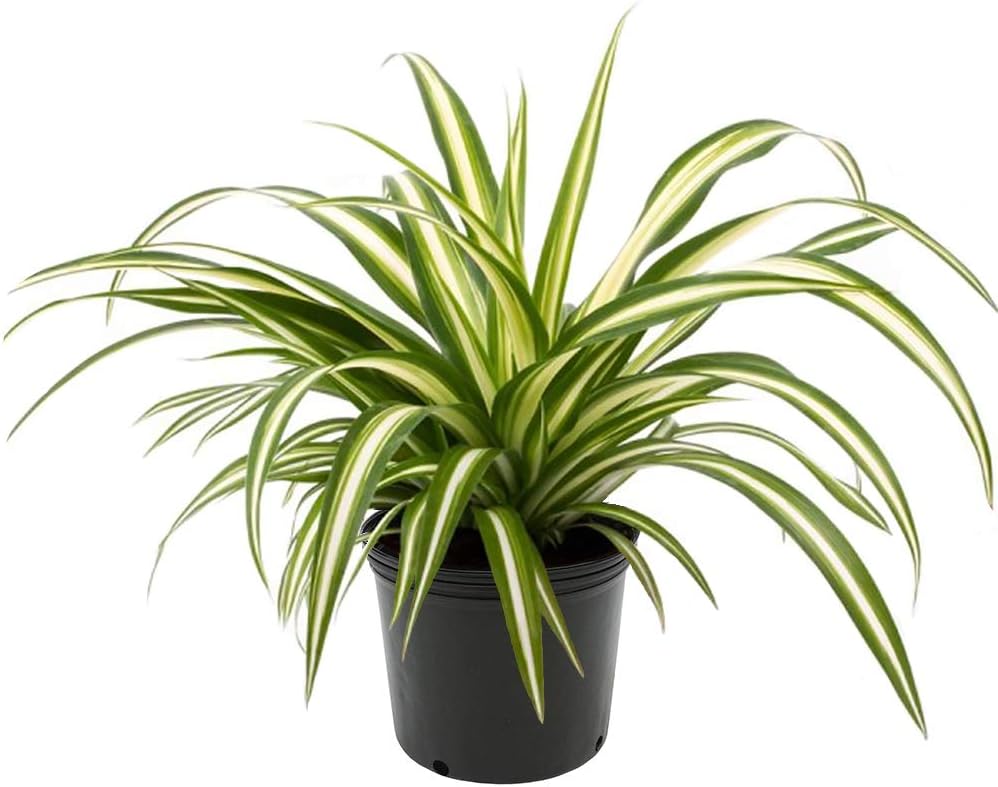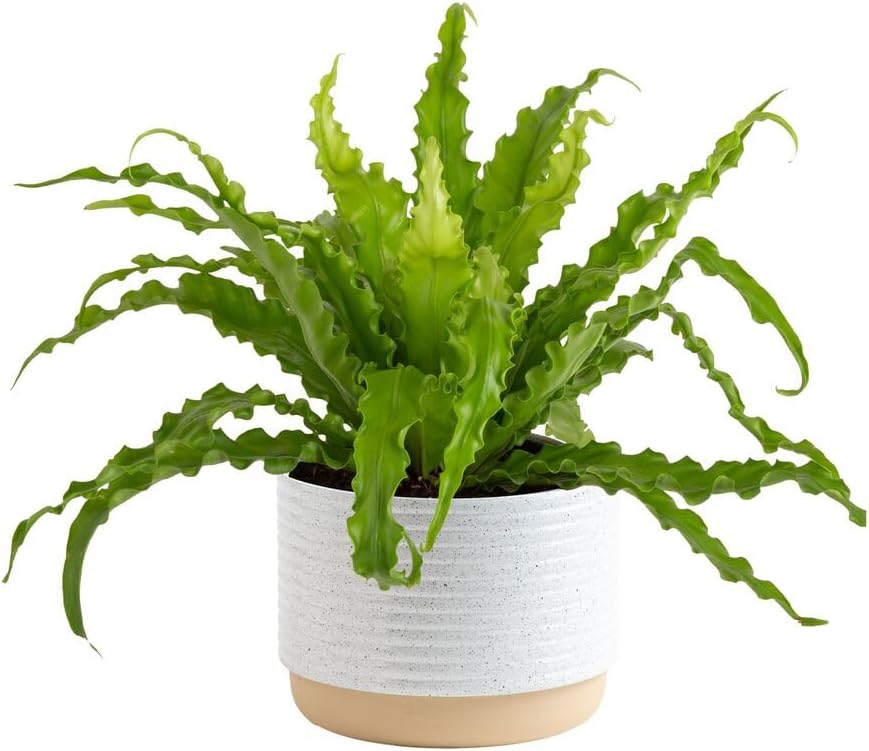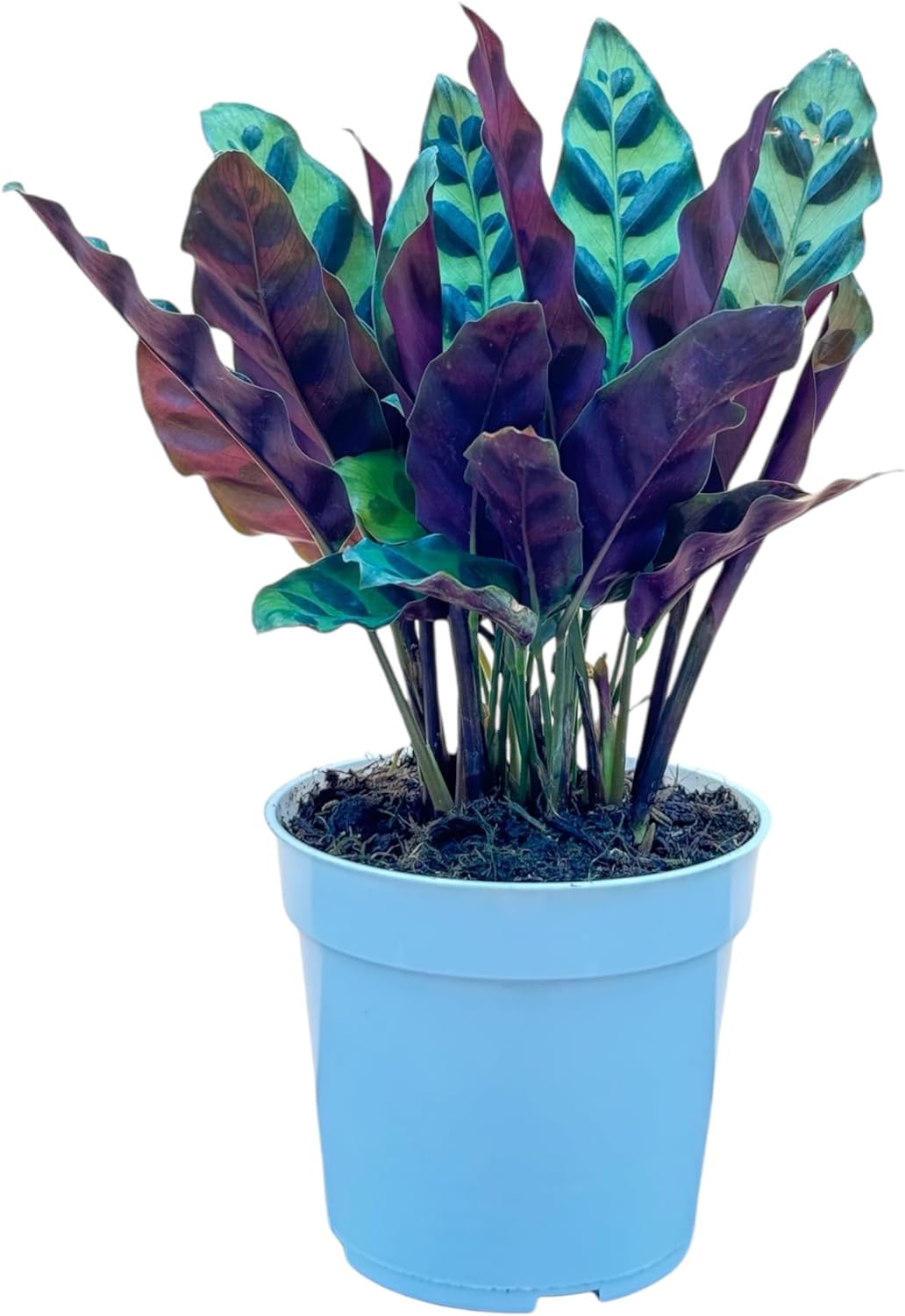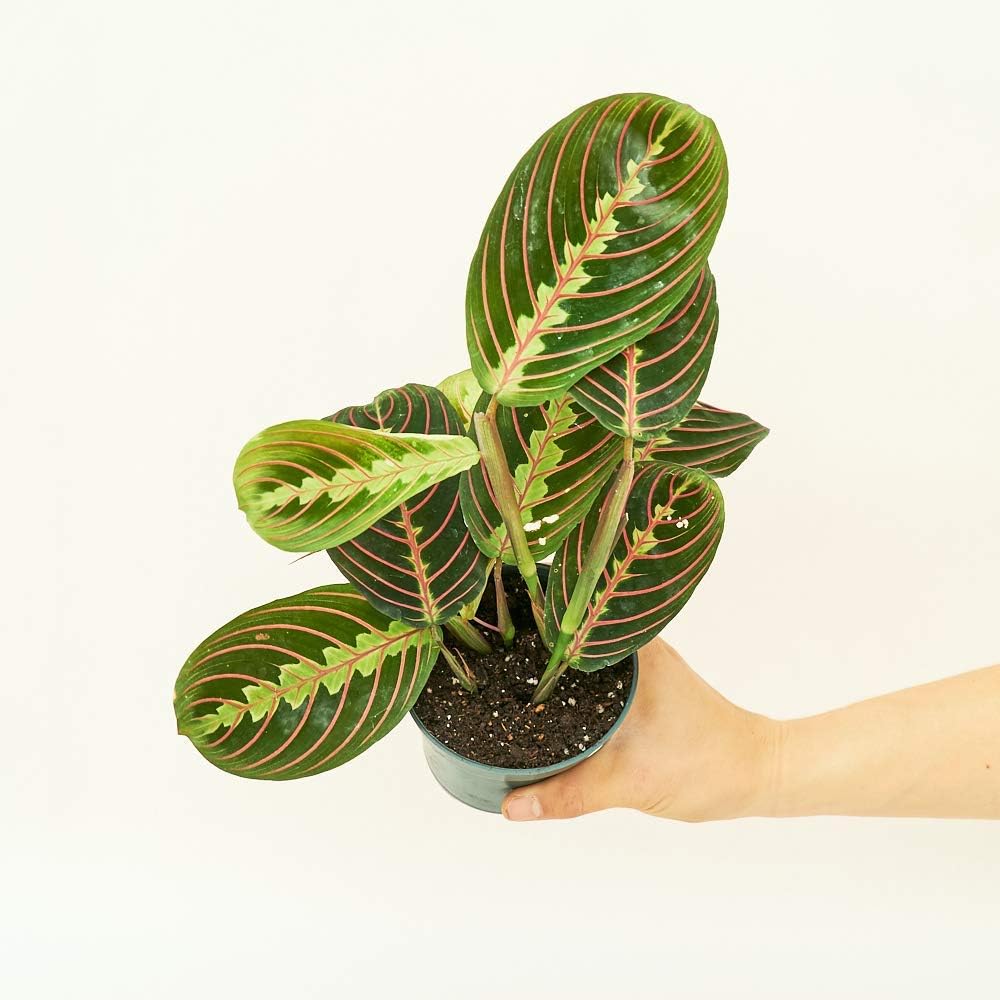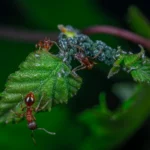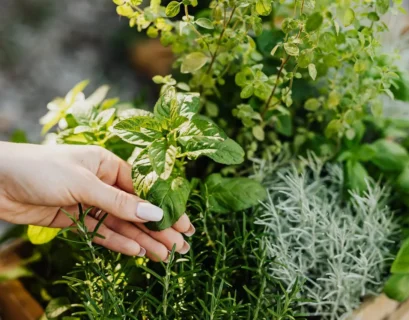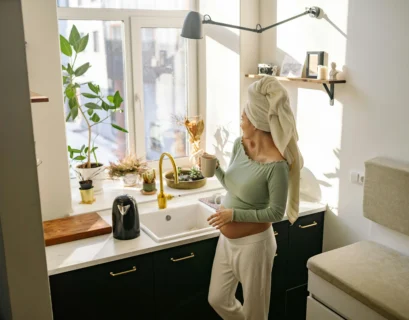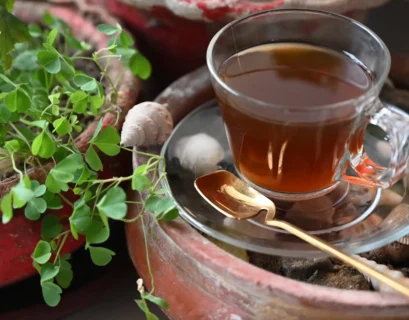Our beloved canine companions bring joy and laughter into our lives. But what happens when their playful curiosity leads them to nibble on our houseplants? Some plants, seemingly harmless, can pose a serious threat to our furry friends. This article delves into the world of toxic houseplants, providing you with the knowledge to protect your dog from potential harm. Let’s embark on this journey together!
Table of Contents
Common Toxic Plants: Unveiling the Culprits Lurking in Your Home
The world of houseplants is vast and diverse, filled with beautiful foliage and vibrant blooms. However, a hidden danger lurks within this verdant paradise. Some common houseplants harbor toxins that can wreak havoc on our canine companions. Let’s explore these potential threats and learn how to keep our furry friends safe.
1. Lilies (Lilium and Hemerocallis): These graceful blooms are a popular choice for their delicate beauty. However, they are highly toxic to dogs. All parts of the lily, from petals to pollen, contain potent toxins that can cause kidney failure. Even a small nibble can be fatal.
2. Sago Palm (Cycas revoluta): This popular houseplant, often mistaken for a true palm, packs a potent punch. Every part of the sago palm is toxic, with the seeds being particularly dangerous. Ingestion can lead to liver failure, a devastating condition for dogs.
3. Pothos (Epipremnum aureum): This common vine, known for its ease of care and vibrant foliage, can cause oral irritation, vomiting, and diarrhea if ingested by dogs.
4. Dieffenbachia (Dieffenbachia spp.): Often called “dumb cane,” this plant contains calcium oxalate crystals that can irritate the mouth, tongue, and throat. Dogs may experience difficulty swallowing, drooling, and swelling of the face.
5. Peace Lily (Spathiphyllum spp.): These elegant plants, with their white spathe-like flowers, contain calcium oxalate crystals that can cause similar reactions to dieffenbachia.
6. Philodendron (Philodendron spp.): These vining or bushy plants, loved for their heart-shaped leaves, contain calcium oxalate crystals that can irritate the mouth and cause digestive upset.
Remember, this list is not exhaustive, and there are many other houseplants that can be toxic to dogs.
If you are unsure about a specific plant’s safety, it is best to err on the side of caution and assume it is toxic.
Signs of Toxicity
You love your plants, and your dog loves to explore. But did you know that what houseplants are toxic to dogs is a crucial concern for pet owners? While some plants add beauty and life to your home, they can pose a serious threat to your furry friend if ingested. Recognizing the signs of poisoning is the first step in protecting your dog.
If you suspect your dog has ingested a toxic plant, watch for these common symptoms:
- Gastrointestinal Issues: Vomiting, diarrhea, drooling, loss of appetite, abdominal pain.
- Neurological Symptoms: Tremors, seizures, weakness, lethargy, incoordination.
- Cardiovascular Problems: Rapid heartbeat, difficulty breathing, collapse.
- Oral Irritation: Swelling, redness, or blisters in the mouth.
If you notice any of these signs, it’s essential to act quickly and contact your veterinarian immediately. Early intervention can make a significant difference in the outcome.
Preventing Poisoning
The best way to protect your dog from toxic plants is to be proactive and prevent them from ingesting them in the first place. Here are some practical tips:
- Identify Toxic Plants: Learn what houseplants are toxic to dogs by researching online resources or consulting with a veterinarian.
- Keep Plants Out of Reach: Place your plants on high shelves, hanging baskets, or behind barriers to prevent your dog from accessing them.
- Supervise Your Dog: Always supervise your dog around plants, especially when they are chewing or exploring.
- Train Your Dog: Teach your dog basic commands like “leave it” or “drop it” to discourage them from chewing on plants.
Remember, even if your dog hasn’t shown symptoms immediately, ingestion can still be harmful. Be aware and take precautions!
First Aid and Emergency Care
If you’re concerned that your dog has ingested a toxic plant, the first thing to do is call your veterinarian immediately. They can provide specific instructions based on the plant involved and your dog’s symptoms.
While you wait for the vet, you can take the following steps:
- Remove any remaining plant material from your dog’s mouth.
- If your dog is vomiting, do not try to induce further vomiting.
- Keep your dog calm and comfortable.
- Be prepared to provide your veterinarian with as much information as possible about the plant and your dog’s symptoms.
Resources and Further Information
For more information on houseplant safety and a comprehensive list of toxic plants, check out these resources:
- The ASPCA Animal Poison Control Center: This resource provides 24/7 access to expert advice on animal poisonings.
- The American Kennel Club: This website offers a detailed list of plants that are toxic to dogs and provides information on how to keep your pet safe.
Remember, keeping your dog safe around plants requires a combination of awareness, prevention, and quick action if necessary. By following these guidelines, you can ensure a safe and enjoyable environment for both you and your furry companion.
How To Keep Your Dog Safe from Toxic Plants
Now that you know which common toxic houseplants are potentially harmful to your friend, let’s talk about prevention. The best way to keep your dog safe is to be aware of the plants in your home and take steps to keep them out of reach.
1. Tips To Keep Your Dog Safe
Here are some tips to help you prevent your dog from ingesting toxic plants:
- Identify and Remove: If you have any of the toxic plants listed above in your home, consider removing them completely. This is especially important if your dog is a chewer or enjoys exploring your home.
- Go High: Place toxic plants out of reach of your dog, on high shelves or hanging baskets.
- Create Barriers: Use plant stands, cages, or barriers to create a physical barrier between your dog and the plants.
- Supervise Playtime: Always supervise your dog when they’re around plants, especially during playtime. This helps you intervene before they can put something in their mouth.
- Train Your Dog: Train your dog to “leave it” or “drop it” so they learn to avoid ingesting anything you don’t want them to.
- Safe Alternatives: Consider replacing toxic plants with dog-friendly alternatives. There are many beautiful and non-toxic plants that are perfect for homes with pets.
Remember, the key to keeping your dog safe is to be proactive and aware. By taking simple precautions and creating a safe environment, you can enjoy your plants and your dog’s company without worry.
2. Non-Toxic Houseplants for Dogs
If you’re a plant lover and a pet owner, it’s great to know there are plenty of beautiful houseplants that are completely safe for your dog. Here are some non-toxic options to consider for a pet-friendly home:
Spider Plant
Known for its easy care and air-purifying qualities, the spider plant is completely non-toxic to dogs and is a great choice for hanging baskets or table displays.
Liven Up Your Space with the Easy-Care Spider Plant!
This beauty features cascading "spiderettes" and thrives in indirect sunlight.
Perfect for home or garden décor, it also purifies the air and is safe for pets!
Boston Fern
A classic houseplant with lush, feathery fronds, the Boston fern is safe for dogs and thrives in humid environments, making it perfect for bathrooms or kitchens.
Bring a touch of elegance to your home with a beautiful Maidenhair Fern!
- Lush, lacy fronds add a classic touch to any décor.
- Low-maintenance: thrives in indirect sunlight and well-drained soil.
- Approx. 15" tall in a stylish 6-inch pot.
- Perfect for creating a warm and inviting atmosphere.
Calathea
With its striking patterned leaves, Calathea is a safe choice for households with dogs and thrives in low to moderate light conditions.
The Rattlesnake Calathea is a colorful, air-purifying houseplant that's easy to care for and adds beauty to your home or office.
Prayer Plant (Maranta)
Known for its unique leaf movements and vibrant colors, the prayer plant is safe for dogs and adds a touch of nature to your home.
- Fascinating Behavior: Leaves fold up at night as if in prayer.
- Beautiful Patterns: Striking leaf patterns with red veins.
- Low Light Tolerance: Thrives in low light.
These non-toxic houseplants allow you to enjoy greenery without the worry of harming your dog. Always check plant labels when buying new additions and ensure your home is a safe space for your pets!
First Aid and Emergency Care
So, you’ve done your best to keep your dog away from your beautiful houseplants, but accidents happen. Maybe your pup was feeling adventurous and decided to take a nibble of your prized peace lily, or perhaps a leaf accidentally fell onto the floor and was irresistible to your curious canine. If you suspect your dog has ingested a toxic plant, swift action is crucial.
Here’s what to do:
- Identify the Plant: If possible, try to identify the plant your dog ingested. This will help your veterinarian determine the best course of action. You can use a plant identification app or search online for images.
- Remove Any Remaining Plant Material: If your dog is still chewing on the plant, remove it from their mouth. Be cautious and avoid getting bitten!
- Call Your Veterinarian Immediately: Your veterinarian is your best resource for guidance. Explain the situation, including the plant name (if known), the amount consumed, and any symptoms your dog is exhibiting.
- Induce Vomiting: Your veterinarian may advise you to induce vomiting, especially if the ingestion occurred recently. However, NEVER induce vomiting without your veterinarian’s guidance. Some plants can be more dangerous when vomited up, and inducing vomiting can also be harmful in certain situations.
- Monitor Your Dog: Even if your dog seems fine initially, it’s essential to monitor them closely for any signs of toxicity, which may develop within hours or days.
Signs of poisoning in dogs:
- Gastrointestinal upset: Vomiting, diarrhea, abdominal pain
- Drooling: Excessive drooling, especially with mouth irritation
- Weakness: Lethargy, stumbling, collapse
- Breathing difficulties: Difficulty breathing, wheezing, coughing
- Skin problems: Skin irritation, rashes, swelling
- Tremors: Shaking or trembling
- Seizures: Seizures are a serious symptom and require immediate medical attention.
Keep in mind: Prompt medical attention is critical. Even if your dog appears fine initially, toxic plants can cause delayed and serious complications. Don’t hesitate to seek immediate veterinary care if you suspect your dog has ingested a toxic plant.
Resources and Further Information:
If you’re concerned about the safety of your furry friend, the best thing you can do is to contact your veterinarian immediately. They can provide you with the best advice and treatment options.
You can also find helpful resources online, such as the ASPCA Animal Poison Control Center. This website offers information on toxic plants, symptoms of poisoning, and emergency contact information. Another great resource is Pet Poison Helpline , which provides 24/7 access to veterinary experts. You can also check out the American Kennel Club‘s (AKC) website, which offers a variety of articles on pet health and safety.
While we’ve tried to provide a comprehensive overview of houseplants that are toxic to dogs, it’s essential to remember that this information is just a starting point. Always consult with your veterinarian or a trusted resource for the most accurate and up-to-date information. After all, keeping your furry friend safe is the top priority!
Conclusion
Owning houseplants is a wonderful way to brighten your home and bring a touch of nature indoors. However, it’s essential to be mindful of the safety of your beloved dog. By understanding the potential risks and taking preventative measures, you can ensure a happy and healthy environment for both you and your furry companion.
Remember, prevention is key! If you suspect your dog has ingested a toxic plant, don’t hesitate to seek immediate veterinary care.

